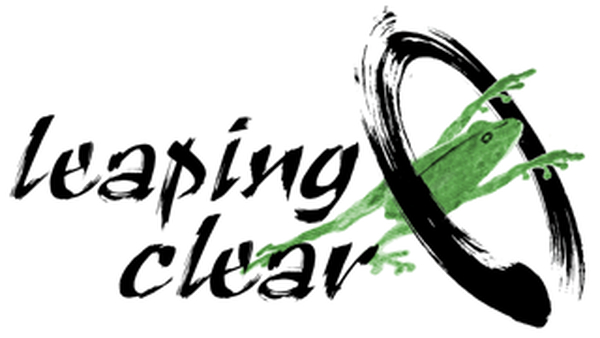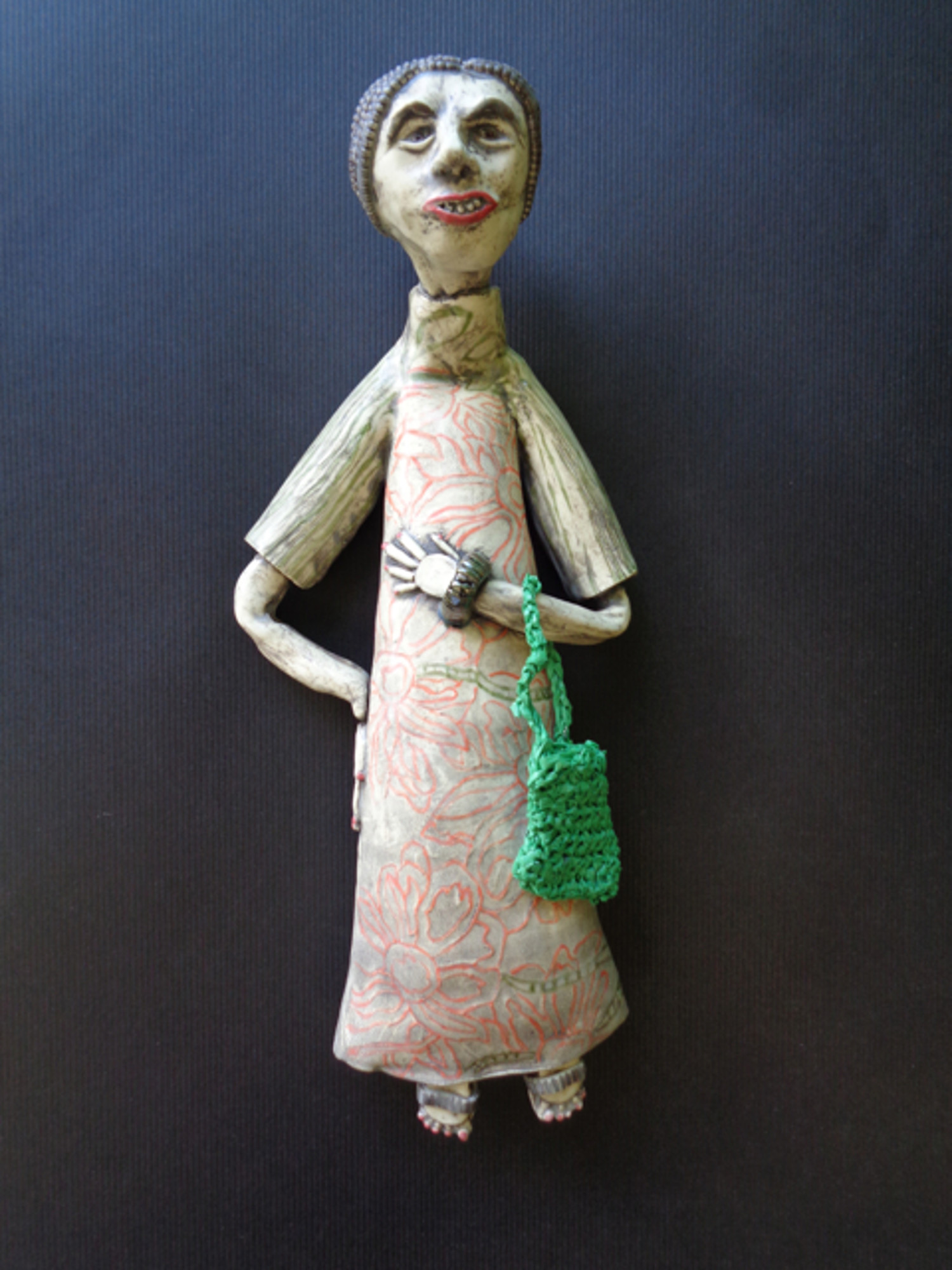Bobbie Benson
Clay Sculpture
Bobbie Benson has been involved in the world of art for many years, but it wasn’t until September of 2014 when she joined in the Climate Change March with 400,000 other participants in New York City that she decided to use her artistic skills to make a statement about climate change. She has created 12 three-dimensional Climate Heroes out of clay. They are men and women from around the world who have made important contributions to figure out solutions to climate change. Bobbie tried to let there be a facsimile of truthfulness to the facial features of many of the heroes. She apologizes to any hero who might be offended by her characterization. Her goal was to make them whimsical and yet allow the heroes to speak their truth about activism and Climate Change. Bobbie believes that perhaps through artistic creativity, more minds can be persuaded to become environmental activists.
The first figure that I made was David Koch of the Koch Brothers. I wasn’t going to include David Koch in the series because I didn’t want to approach this art installation from a negative point of view. In the end I decided that David Koch represented a hero of sorts because he made me want to be a force to work toward a solution regarding climate change.
Waste, and plastic waste is a huge issue globally. In Africa, even more than anywhere else, waste is a major contributor to carbon dioxide emissions and climate change. Isatou Ceesay has been empowering women in The Gambia for over 17 years, to turn plastic waste into revenues and thus take a more important role in society while ensuring their financial independence. With over 2,000 members in 40 groups, and projects with the EU and the UNDP, Isatou’s organization, Women Initiative the Gambia, is one of the hopes for the continent to see this situation change.
Pope Francis is the 266th and current Pope of the Roman Catholic Church. He described environmental concerns as a great contemporary challenge and voiced opposition to deforestation. He believes that development should respect what Christians see as creation, and that exploiting the earth is sinful. On 18 June 2015, Pope Francis issued a papal encyclical called Laudato si' on climate change, care for the environment, and sustainable development. The encyclical sets apart the basic human needs and appetites. Although he asks for the use of renewable energy instead of conventional fuels, he thinks that it would not be enough unless society turns down the unlimited appetites of consumerism.
Berta Isabel Cáceres Flores was a Honduran environmental activist and indigenous leader of her people. She won the Goldman Environmental Prize in 2015, for a grassroots campaign that successfully pressured the world’s largest dam builder Desarrollos Energéticos, S.A. (also known as DESA) to pull out of the Agua Zarca Dam at the Rio Gualcarque. During the campaign against the dam on the Gualcarque River, Cáceres and other organizers were frequently intimidated by the military. She was assassinated in her home, at the age of 44, on March 3, 2016 by armed intruders, after years of threats against her life.
Over ten years ago, Jintana KaewKao, a small town mother from the Prachuab Khirikhan province of Thailand, found herself embroiled in a vicious crusade against the Union Power Development Company, which bought coastal land under the pretense of building a tourist resort, while planning to cut down 10,000 coconut trees to construct a coal power plant. Although KaewKao “didn’t quite understand climate change until [she] started fighting against the construction of the factory,” she bravely stepped up to take on a leadership role in her community and became a coal activist. Fueled by a passion for the cultural heritage of her beautiful coastal village, KaewKao has risked her life and suffered imprisonment on several occasions to take a stance against powerful corporate and governmental leaders.
James Hansen is an American adjunct professor in the Department of Earth and Environmental Sciences at Columbia University. From 1981 to 2013, he was the head of the NASA Goddard Institute for Space Studies. He is best known for his research in climatology, his 1988 Congressional testimony on climate change that helped raise broad awareness of global warming, and his advocacy of action to avoid dangerous climate change. In recent years he has become a climate activist to mitigate the effects of climate change, on a few occasions leading to his arrest.
Bobbie Benson
Bobbie Benson worked in many media—with a special love for clay. She was an art educator in the Boulder, CO public schools and at the University of Colorado, Boulder, and active many years in the Boulder arts community, as well as co-leading art excursions in Oaxaca with a Mexican artist friend. Her art in various media has been featured in many juried shows. She was a long-time meditator in several traditions. In 2014, she joined the Citizens Climate Lobby and participated in the international march in New York City. When she returned to Colorado, she worked with other artist-activists on local art-climate projects. Bobbie died unexpectedly in January 2017.







